'Beer and Broadband Mapping' at the Top Telecommunications Policy Conference
ARLINGTON, Va., September 28, 2009 – “Beer and Broadband Mapping” was the informal name appended to a spirited and lively discussion that capped the first day of the Telecommunications Policy Research Conference here at George Mason School of Law on Friday, September 25.
ARLINGTON, Va., September 28, 2009 – “Beer and Broadband Mapping” was the informal name appended to a spirited and lively discussion that capped the first day of the Telecommunications Policy Research Conference here at George Mason School of Law on Friday, September 25.
Blair Levin, executive director of the Federal Communication Commission’s Omnibus Broadband Initiative and a keynote panelist at the Friday evening event, joked that the real intelligence among those academics would be among those spending their Friday night talking about broadband data.
The discussion, which was sponsored by The Benton Foundation, BroadbandCensus.com and the New America Foundation, began at around 8:30 p.m., and lasted for nearly an hour and a half. Many notable academics from TPRC, and from the Obama administration, attended the session.
Charles Benton, chairman of the Benton Foundation, began the discussion by noting the importance of broadband data disclosure, which he had emphasized in his opening statement at the U.S. Broadband Coalition on Thursday, September 24.
Drew Clark, executive director of BroadbandCensus.com, followed by presenting the company’s public and transparent map of Columbia, South Carolina, that shows broadband speeds, technologies, and providers It is available at BroadbandCensusMaps.com. Clark referenced the major change in policy on August 7, calling for disclosure of carrier data, under the Notice of Funds Availability, at the Census block level. He also talked about the importance of data including actual speeds versus advertised speeds, and pointed out that actual speed data was not a requirement of the NoFA. Unfortunately, he noted, pricing data is also not required under the NoFA.
Michael Calabrese, vice president and director of the Wireless Future Program at the New America Foundation, began his opening remarks by stating that the Recovery Act and the Broadband Data Improvement Act set aside up to $350 million for state mapping data. There is much more data out there for researchers and policy makers to layer over the inventory data, but only if they had the proper funding. Examples include actual household speeds and data on connection reliability.
Because the language in the act is vague and requires the “mapping of broadband capability,” the money that does not go to the states for the collection of data should be distributed to the academic community for more in-depth and layered collection efforts, Calabrese said. An inventory of the public sector fiber that is currently available is one of the possibilities under this broad “capabilities” language. Academics and other organizations need to ask about what type of data they need – above and beyond the existing FCC Form 477 – in order to create a complete the national broadband plan.
Before opening up the discussion, Clark, Benton and Calabrese reminded the crowd that there was no agenda behind the discussion, and that everyone should feel free to put their ideas and thoughts on the table. The following are some notes from the discussion.
The first couple of questions revolved around the carriers’ identities and whether there were any trade secrets, or whether the release of carrier data at the census block data would create any confidentiality concerns. Everyone agreed on the need for real connection speeds, as opposed to advertised speeds.
Others also wanted to find out if there was a transparent http cache, DNS manipulation, subtle traffic manipulation, jitter, and packet loss. The real question for the panel was: what data is truly necessary?
BroadbandCensus.com has been working along with the New America Foundation’s Measurement Lab to collect specific consumer data. Through the NDT tests deployed by both organizations, they have been able to gather valuable information from consumers, but are still trying to link that data with specific locations and the carriers themselves.
Other attendees asked: how important is true pricing data? How does bundling affect the ability to obtain real prices? Prices also seem to change depending on household credit history and other similar factors, not just geographical community.
The members at the meeting were also interested in the state of broadband competition. They wanted to be able to combine usage and availability to see if competition works. There should be a national broadband data warehouse that includes data collected from the federal government, data from independent sources and crowd sourcing, several individuals said. This warehouse, however, brought up a concern about the coherence and standardization between data types. Data from different sources need to be comparable in order to be properly analyzed.
More data must also be collected on the demand side. What are the different barriers to adoption? A largely overlooked factor regarding the lack of adoption was the low level of computer ownership. It would also be helpful to know which organizations are addressing the demand-side issues, and how effective have they been? Furthermore, in order to address the issues of uptake and how the community has benefited from broadband, researchers must look beyond household data. If there were an interest in what productivity advances deployment of technology has created, there needs to be a survey of the business districts in the cities being served.
Finally, everyone decided that they want to hear more positive stories. One way to do this is time-series data collection. Specific dates will make it easy to track change and see the progress of the areas that have been underserved and unserved. Where has there been success and what can be learned about those areas?
The meeting ended on a high note where all constituents agreed that there needs to be joint action and collaboration to make sure that the government is collecting the correct data in order to come up with a complete national broadband strategy.
About BroadbandCensus.com
BroadbandCensus.com was launched in January 2008, and uses “crowdsourcing” to collect the Broadband SPARC: Speeds, Prices, Availability, Reliability and Competition. The news on BroadbandCensus.com is produced by Broadband Census News LLC, a subsidiary of Broadband Census LLC that was created in July 2009.
A recent split of operations helps to clarify the mission of BroadbandCensus.com. Broadband Census Data LLC offers commercial broadband verification services to cities, states, carriers and broadband users. Created in July 2009, Broadband Census Data LLC produced a joint application in the NTIA’s Broadband Technology Opportunities Program with Virginia Tech’s eCorridors Program. In August 2009, BroadbandCensus.com released a beta map of Columbia, South Carolina, in partnership with Benedict-Allen Community Development Corporation.
Broadband Census News LLC offers daily and weekly reporting, as well as the Broadband Breakfast Club. The Broadband Breakfast Club has been inviting top experts and policy-makers to share breakfast and perspectives on broadband technology and internet policy since October 2008. Both Broadband Census News LLC and Broadband Census Data LLC are subsidiaries of Broadband Census LLC, and are organized in the Commonwealth of Virginia. About BroadbandCensus.com.


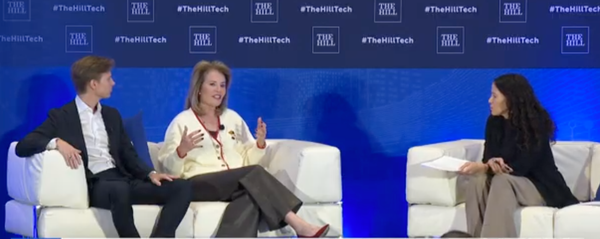
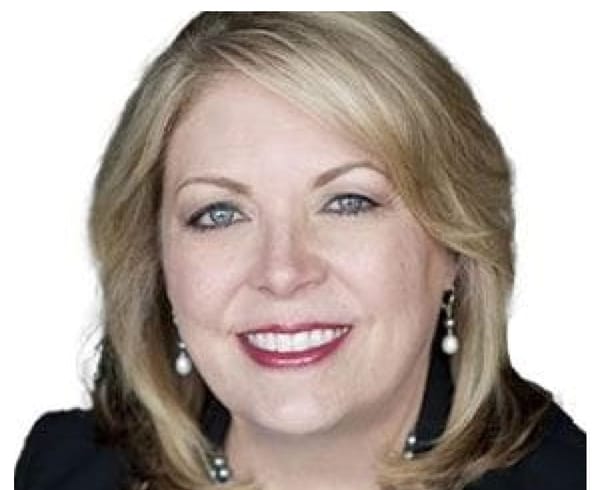


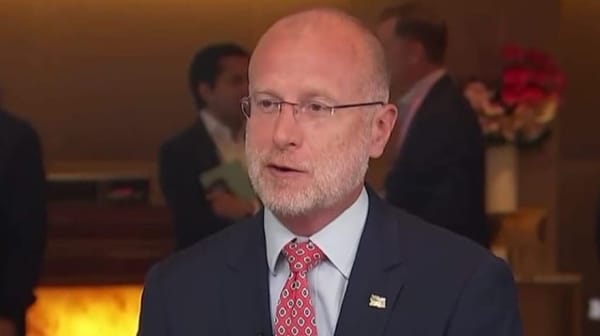

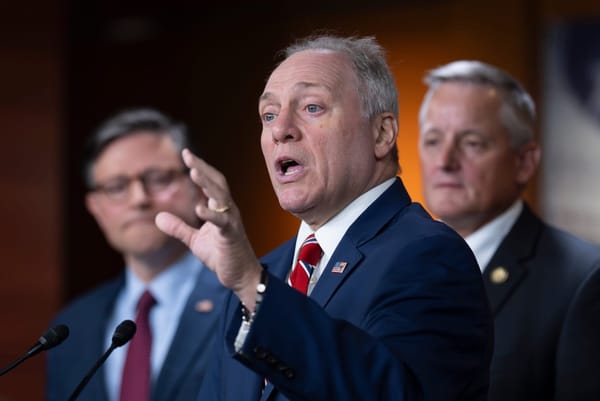

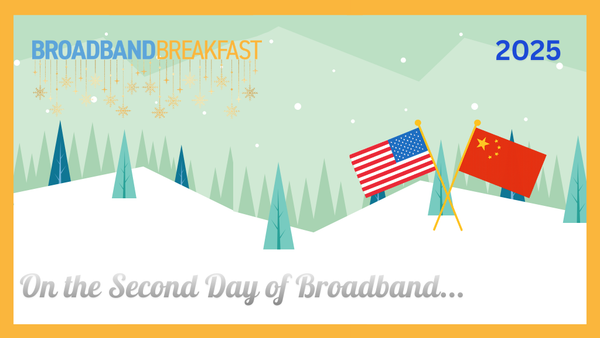
Member discussion